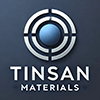Showing 1–12 of 19 results
-
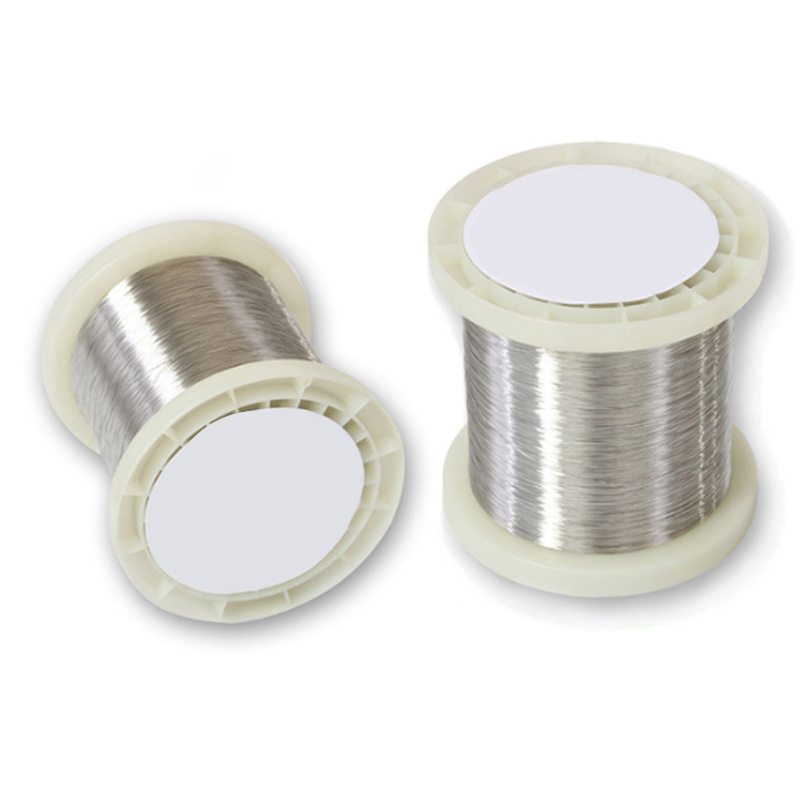
- Superior Conductivity: Offers unparalleled electrical and thermal performance, reducing energy loss and enhancing efficiency.
- Versatility: Suitable for a wide range of industries, from electronics to fine arts.
- Customizability: Available in various diameters, purities, and forms to meet specific application requirements.
- Long-Lasting Performance: Highly durable with excellent resistance to wear and environmental degradation.
- Eco-Friendly: Recyclable and environmentally sustainable, supporting green manufacturing practices.
- High Bonding Strength: Provides reliable connections in electrical and thermal applications, ensuring consistent performance.
-
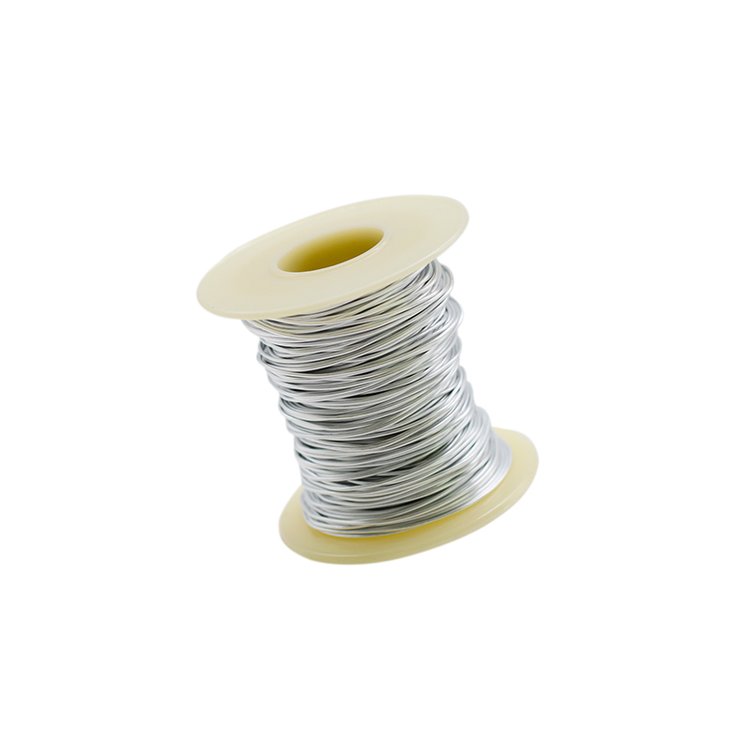
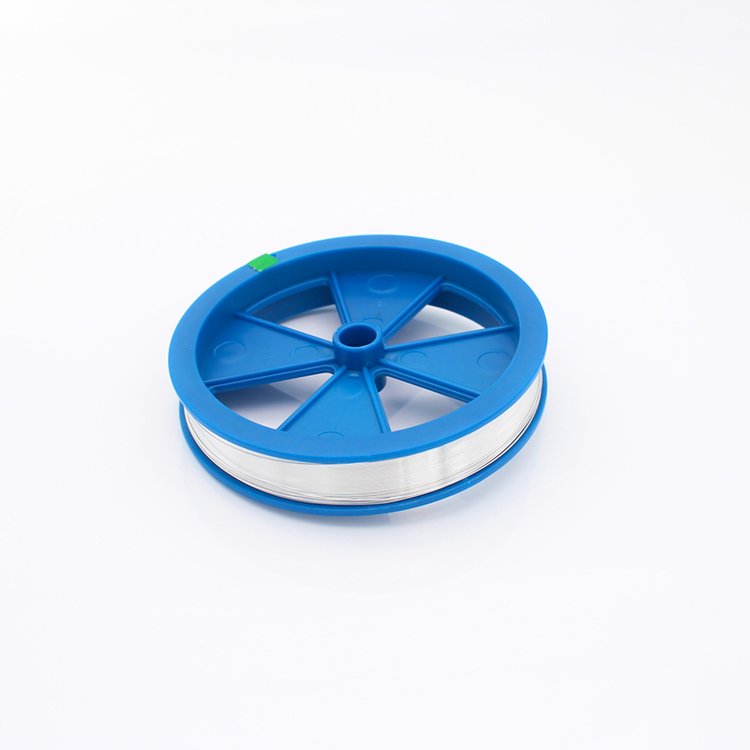
- High Electrical Conductivity: Aluminium has about 60% of the conductivity of copper, which makes it a suitable alternative for power transmission and electrical systems, especially when the weight is a concern.
- Lightweight: Aluminium wire is much lighter than copper wire, which makes it easier to handle, transport, and install, especially in large-scale projects like power lines and electrical cables.
- Corrosion Resistance: Aluminium forms a natural oxide layer when exposed to air, which protects it from corrosion and enhances its durability in outdoor and harsh environments.
- Malleability and Ductility: Aluminium wire can be easily drawn into thin wires or bent into shapes without breaking, offering flexibility for various uses, especially in flexible cabling applications.
- Thermal Conductivity: Aluminium wire has good thermal conductivity, making it suitable for applications where heat dissipation is necessary, such as in electrical power transmission and electronic components.
- Recyclability: Aluminium is 100% recyclable, maintaining its material properties without degradation, making it a sustainable choice for industries seeking environmentally friendly solutions.
-
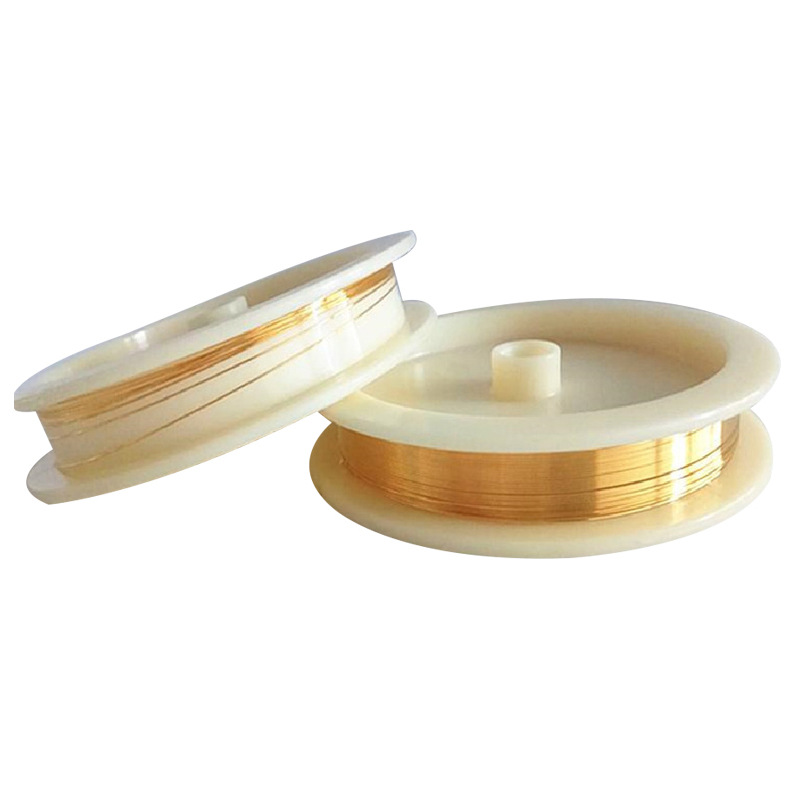
- Reliability in Electronic Applications: Gold wire is known for its reliability, especially in wire bonding used for semiconductor devices and microelectronics. The high resistance to corrosion ensures that the connections remain intact over time, even under extreme conditions.
- Long Service Life: Due to its resistance to corrosion and wear, gold wire has a long operational life, reducing the need for frequent replacements or repairs.
- Precision and Flexibility: Gold wire can be produced in various diameters, including ultra-fine wires, making it highly versatile for different manufacturing processes. Its malleability allows it to be shaped and adapted for precision applications.
- Improved Performance: With its superior conductivity and resistance to corrosion, gold wire ensures better performance and higher yield rates in electronic assemblies, reducing the risk of failures due to poor electrical connections.
-

- Magnetic Excellence: Superior magnetic saturation and coercivity make cobalt wire ideal for permanent magnets and magnetic sensors.
- High Temperature Performance: Retains mechanical and magnetic properties at elevated temperatures, suitable for high-heat applications.
- Long Service Life: Outstanding wear resistance and corrosion protection ensure durability and longevity.
- Versatility: Available in various diameters, purities, and forms to suit diverse industrial and scientific needs.
- Customizability: Can be tailored for specific applications, including custom lengths, coatings, and alloys.
- Environmentally Stable: Resists degradation in extreme environments, such as marine or chemically aggressive settings.
-
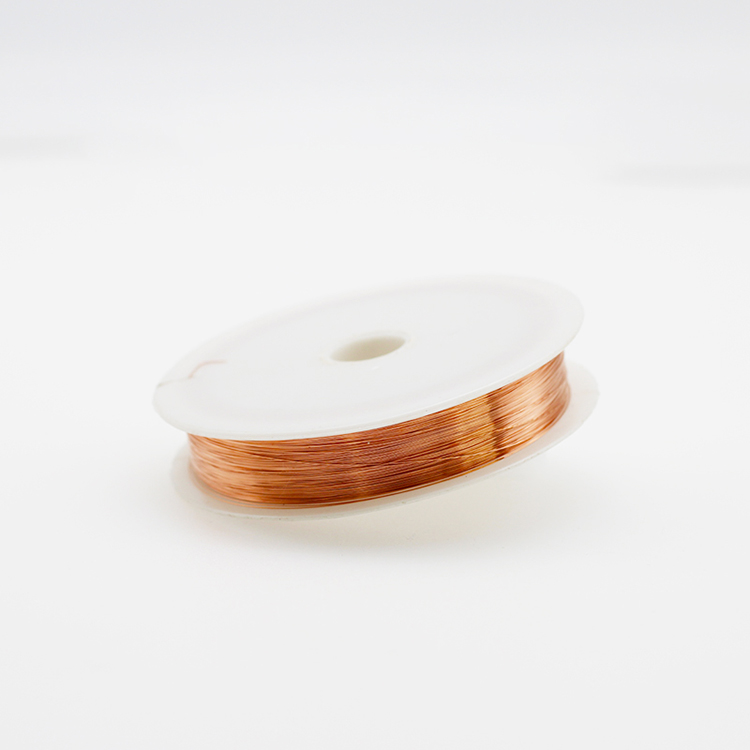
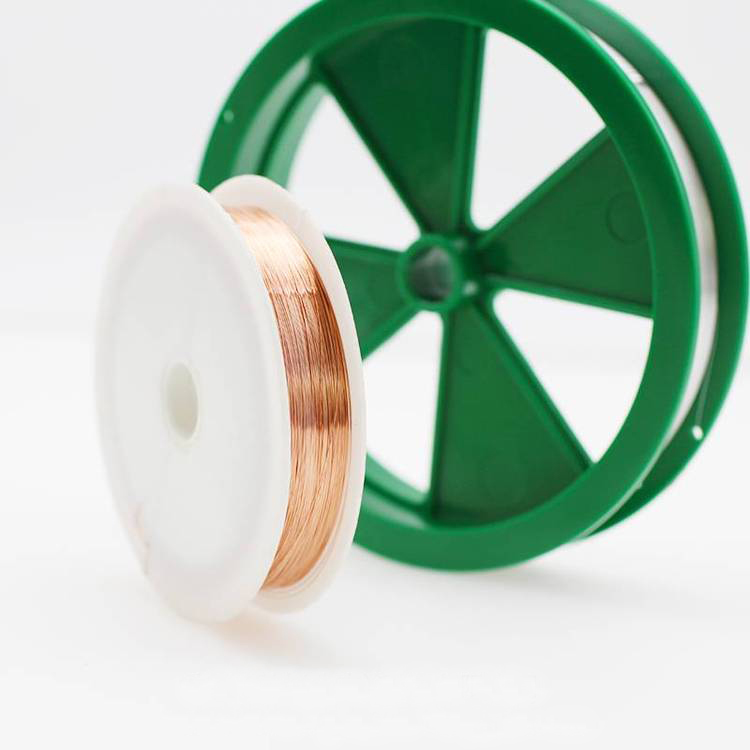
- High Electrical Conductivity: Copper wire is renowned for its excellent electrical conductivity, second only to silver. This makes it ideal for use in electrical wiring and applications that demand efficient energy transfer.
- Malleability and Ductility: Copper wire is highly malleable and ductile, which allows it to be drawn into thin wires without breaking. This makes it versatile and suitable for various applications, especially in intricate and delicate designs.
- Corrosion Resistance: Copper naturally forms a protective oxide layer when exposed to air, which helps resist corrosion and ensures long-lasting performance, especially in outdoor and marine environments.
- Thermal Conductivity: Copper has high thermal conductivity, making it ideal for heat dissipation applications in electronic devices and power transmission.
- Strength and Durability: Copper wire is durable and resilient to physical stress, making it a reliable material for long-term use in cables and machinery.
- Recyclability: Copper is 100% recyclable without losing its original properties, making it an environmentally friendly choice for sustainable manufacturing processes.
-
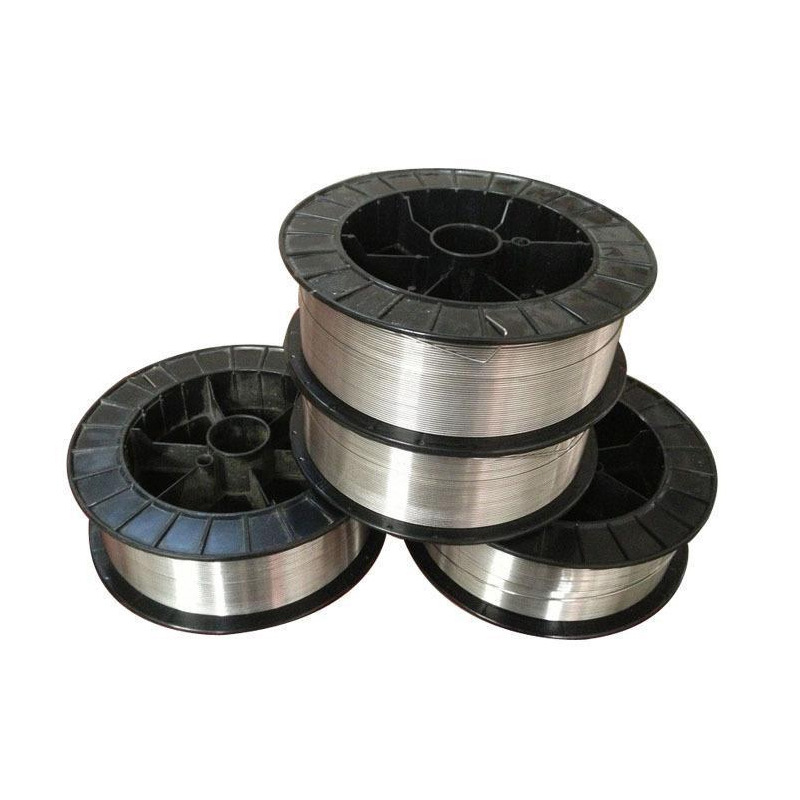
- Superior Performance in Electromagnetic Applications: The high magnetic permeability of high purity iron makes it an ideal material for manufacturing electromagnetic components such as inductors, transformers, and magnetic shielding.
- Enhanced Material Properties: The minimal presence of impurities in high purity iron improves its mechanical properties, such as ductility, tensile strength, and fatigue resistance, making it more reliable in demanding applications.
- Improved Durability: The high purity of iron ensures that it is less susceptible to failure due to impurities, offering longer-lasting performance in industrial and technological applications.
- Customization: High purity iron wire can be tailored to specific requirements, such as wire gauge, length, and coatings, for specialized applications in different industries.
- High Precision and Consistency: The uniformity of high purity iron ensures that it performs consistently in precision applications, where small variations in material properties can lead to failure.
- Cost-Effectiveness: While high purity iron wire may have a slightly higher initial cost than standard iron wire, its superior performance and longer lifespan make it a cost-effective choice in the long run, especially for advanced applications.
-
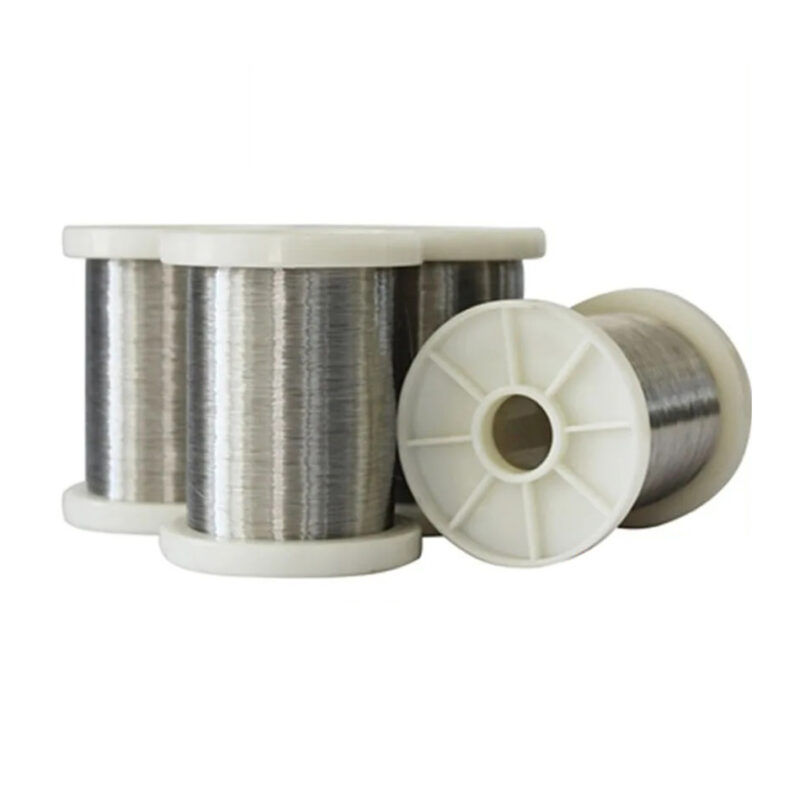
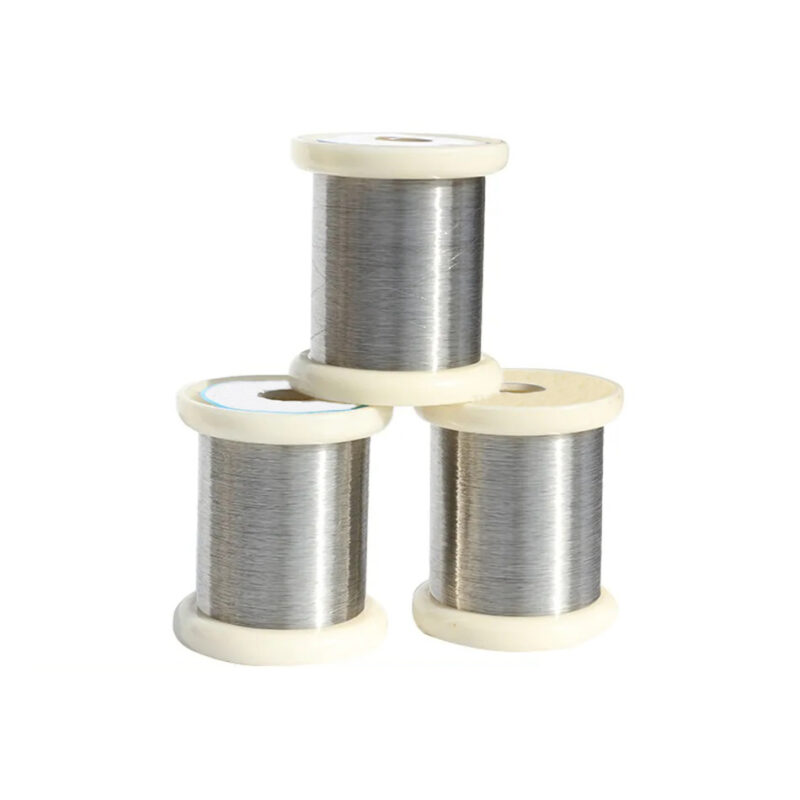
- High Melting Point: Hafnium wire has an impressive melting point of 2233°C, making it suitable for high-temperature applications.
- Corrosion Resistance: Exhibits excellent resistance to corrosion, particularly against acids and alkalis, making it durable in harsh environments.
- Thermal Stability: Exceptional stability under extreme thermal conditions ensures reliability in applications involving high heat.
- Good Electrical Conductivity: While primarily used for its heat resistance, hafnium also offers decent electrical conductivity, enabling its use in certain electronic applications.
- Neutron Absorption: Hafnium wire has a high ability to absorb neutrons, making it ideal for nuclear reactor control rods and shielding.
- Ductility and Workability: Despite its strength, hafnium wire is ductile and can be fabricated into precise shapes and sizes for various technical requirements.
-
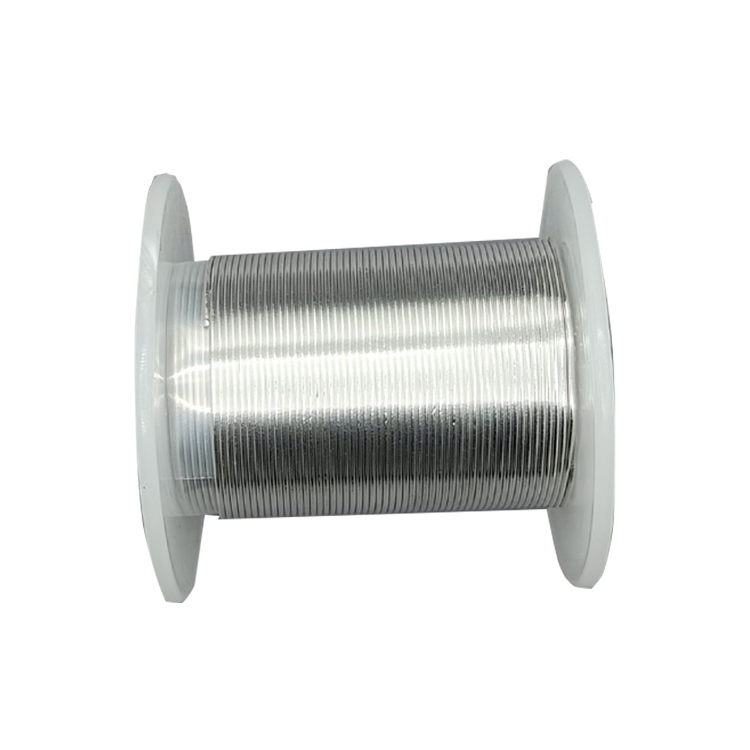
- Excellent Electrical Conductivity: Indium wire is highly conductive, making it essential in electrical and electronic applications where efficient current flow is required.
- Low Melting Point: With a melting point of 156.6°C, indium wire is ideal for low-temperature applications, especially in the soldering and bonding processes.
- High Malleability and Ductility: Indium is soft and easily formable, which allows for precise shaping and manipulation in various applications.
- Corrosion Resistance: It is highly resistant to corrosion and oxidation, ensuring longevity and reliability even in harsh environments.
- Non-toxic and Biocompatible: Indium is considered non-toxic and biocompatible, making it safe for use in medical and electronic devices.
- Thermal Conductivity: While not as high as metals like copper, indium’s thermal conductivity is suitable for applications requiring moderate heat transfer.
- Customizability: Indium wire is available in different diameters, purities, and finishes, providing flexibility to meet specific needs.
-
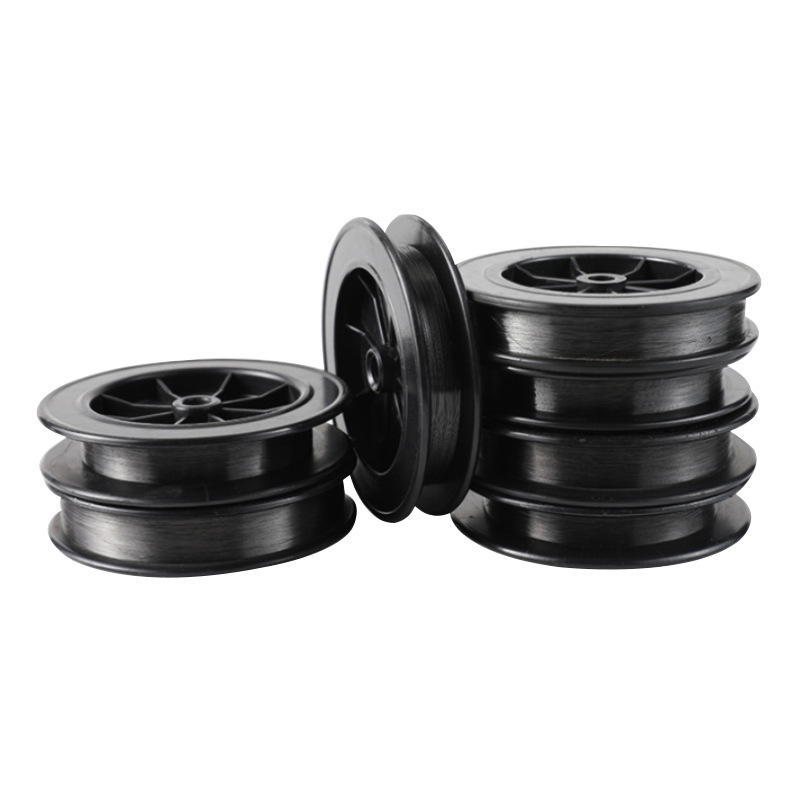
- High-Temperature Performance: Its exceptional performance in extreme heat conditions makes molybdenum wire indispensable in industries such as aerospace and electronics.
- Versatility: Molybdenum wire is available in various diameters and lengths, customizable for different industrial needs.
- Durability and Longevity: With its ability to resist wear, oxidation, and deformation, molybdenum wire delivers long-lasting performance.
- Precision Fabrication: It can be produced with tight tolerances and high precision, ensuring reliability in demanding applications.
- Eco-Friendly Material: Molybdenum is a recyclable material, making it an environmentally sustainable choice.
-

- High Corrosion Resistance: Exhibits outstanding resistance to chemicals, acids, and oxidizing agents, even in extreme environments.
- Biocompatibility: Completely inert and non-reactive with body tissues, making it ideal for medical implants and devices.
- Superconductivity: Niobium becomes superconductive at low temperatures, making it essential for advanced scientific and electrical applications.
- Ductility and Malleability: Highly ductile and can be drawn into fine wires or shaped to meet specific requirements.
- High Melting Point: With a melting point of 2477°C, niobium wire maintains its integrity under extreme heat.
- Oxidation Resistance: Forms a stable oxide layer that enhances its resistance to further oxidation and wear.
-
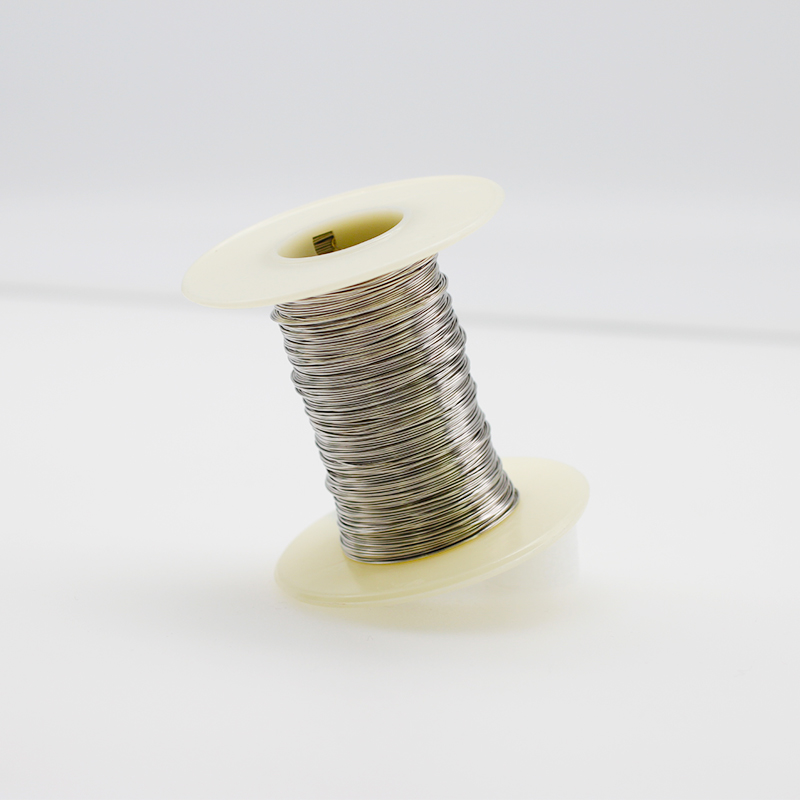
- High Corrosion Resistance: Nickel wire is highly resistant to oxidation and corrosion, especially in harsh environments, such as acidic or alkaline conditions.
- Excellent Electrical Conductivity: Offers stable and reliable electrical conductivity, making it ideal for electrical and electronic applications.
- Thermal Resistance: Can withstand high temperatures without degrading, making it suitable for heat-intensive processes.
- Ductility and Workability: Highly malleable and ductile, allowing it to be drawn into thin wires or shaped for specific applications.
- Magnetic Properties: Nickel exhibits ferromagnetic properties, enabling its use in magnetic and electronic components.
- High Melting Point: Nickel has a melting point of 1455°C, allowing it to maintain performance under extreme conditions.
-

- High Melting Point: The platinum-iridium alloy has a high melting point (1,768°C for platinum and 1,410°C for iridium), making it suitable for use in high-temperature environments without degrading.
- Excellent Corrosion and Oxidation Resistance: Platinum-iridium wires exhibit remarkable resistance to oxidation, corrosion, and chemical degradation. They maintain their integrity in harsh environments, including exposure to acids, high-temperature oxidation, and aggressive chemicals.
- Superior Electrical Conductivity: Platinum-Iridium wires provide excellent electrical conductivity while maintaining stability under high temperatures. This makes them ideal for high-precision electrical applications, such as thermocouples and resistors.
- Thermal Stability: With low thermal expansion and high thermal stability, platinum-iridium wires perform well across a broad temperature range, making them ideal for high-temperature applications like sensors and thermocouples.
- Mechanical Strength: The combination of platinum and iridium provides high mechanical strength and hardness, enabling platinum-iridium wires to withstand heavy-duty use without bending or breaking easily.
- Non-Toxic and Biocompatible: Platinum-iridium alloys are biocompatible and non-toxic, making them suitable for medical devices and applications where material safety is crucial.
- Durability and Longevity: Due to their outstanding resistance to corrosion and wear, platinum-iridium wires can last significantly longer than many other metals, reducing maintenance costs and increasing reliability in critical applications.
